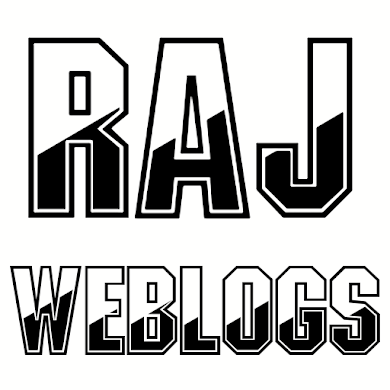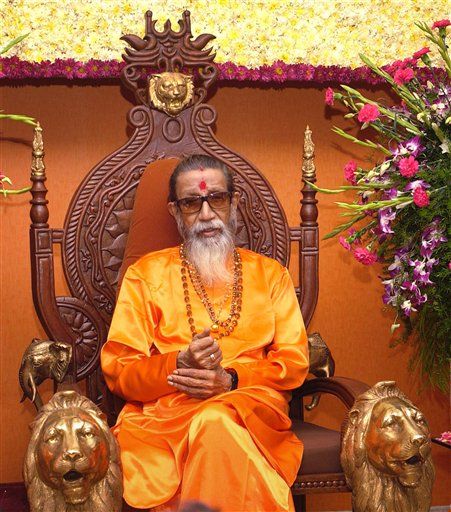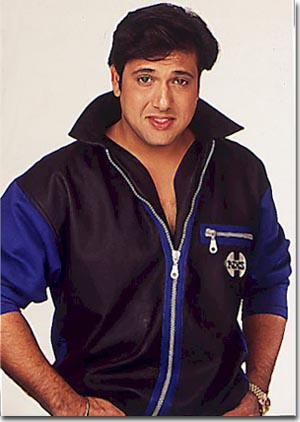Republic of China
For the culture and geography of the territories governed by the Republic of China, most notably Taiwan, see Taiwan and List of islands of the Republic of China.
state in East Asia located off the east coast of mainland China. Subject to an ongoing dispute with the People's Republic of China (PRC) that has left it with limited formal diplomatic relations, the government of the Republic of China currently governs the islands of Taiwan, Penghu, Kinmen, Matsu and other minor islands. Neighbouring states include the People's Republic of China to the west, Japan to the northeast, and the Philippines to the south.The Republic of China was formally established on 1 January 1912 following the revolution of Wuchang Uprising on 10 October 1911. From its founding and until 1949 it encompassed mainland China (including Tibet and Outer Mongolia). Central authority waxed and waned in response to warlordism (1915–28), Japanese invasion (1937–45), and the Chinese Civil War (1927–49), with central authority strongest during the Nanjing Decade (1927–37) when most of China came under the control of the Kuomintang (KMT). The claims over mainland China and Mongolia have never been legally renounced, but the current ROC government has not actively pursued them since 1991. At the end of World War II in 1945, with the surrender of Japan, the Republic of China took over the island groups of Taiwan and Penghu from the Japanese Empire.
The Communist takeover of mainland China in the Chinese Civil War in 1949 and later Hainan in 1950 left the ruling Kuomintang (KMT) with control over only Taiwan, Penghu, Kinmen, Matsu, and other minor islands. The KMT declared Taipei the provisional capital.[13] On the other hand, the Communist Party of China took over all of mainland China[14][15] and founded the People's Republic of China in Beijing, leading to two rival governments claiming to be the sole legitimate government of China. However, until the 1970s the ROC was still recognized by many countries and the United Nations as the sole legitimate government of both mainland China and Taiwan. The ROC had been a founding member of the United Nations[16] and one of the five permanent members of the Security Council until 1971, when China's representative was replaced by the PRC via UN General Assembly Resolution 2758.
The PRC does not recognize the legitimacy of the ROC and claims Taiwan as a part of PRC, despite never having control of Taiwan. It seeks to "unify" Taiwan under the formula of one country, two systems and reserves the authority to use military force (see anti-secession law). In contrast, the Republic of China rejects the PRC's claim and views itself as a sovereign state. This tension between the two states colors most of the political life in Taiwan, and any attempt at declaring a Taiwanese republic in place of the Republic of China is met with threats from the PRC.[17] The PRC government also refuses to have diplomatic relations with countries which recognize the Republic of China and opposes the ROC taking part in organizations where statehood is required; thus, as of 2010, only 23 sovereign states have formal diplomatic relations with the ROC, though most others retain unofficial exchanges with the ROC (e.g. the American Institute in Taiwan) that are diplomatic all but in name.
In Taiwan's political condition, which is separated into two major concepts in cross-strait relations; the Pan-Blue Coalition (majority Kuomintang) supports the One China principle under the terms of the 1992 consensus, under the view that the ROC still regards itself as the sole legitimate government of China. The opposition Pan-Green Coalition (majority Democratic Progressive Party) regards Taiwan to be an independent, sovereign state synonymous with the ROC, opposes the notion that Taiwan is part of China, and seeks an eventual declaration of Taiwan independence.
A single-party state under the KMT since 1928, the Republic of China evolved into a multi-party democracy in the 1980s and 1990s. It has a semi-presidential system and universal suffrage. The president serves as the head of state and commander-in-chief of the armed forces. The Legislative Yuan is the country's unicameral legislature. The ROC is a member of the WTO and APEC. It is one of the Four Asian Tigers, and has an industrialized advanced economy. The 26th-largest economy in the world,[18] its advanced technology industry plays a key role in the global economy. The ROC is ranked high in terms of freedom of the press, health care, public education and










0 Comments